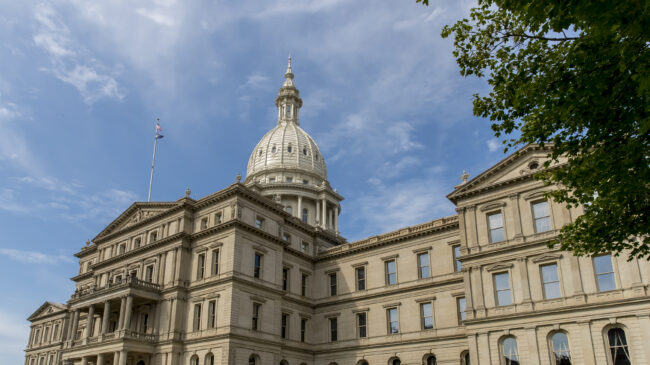Full Policy Study: Determinants of Public Pension Reform
Executive Summary
Since 2007, state pension plans across the country have experienced approximately 200 reforms to various aspects of retirement benefit design, funding policy, amortization policy, and more. While these changes are all made to increase the solvency of the plans, little is known about why states choose some reforms over others or why they choose to reform at all. The financial stakes involved in public pensions are enormous; these plans were facing an unfunded liability of $1.2 trillion before COVID-19, which is expected to increase further with the latest fiscal year reporting.
This brief analyzes several different factors that impact the likelihood of state policymakers making changes to a pension plan. The variables that had the largest and the most consistent effects were passing a prior law or having several states pass a law in the same year; both variables increased the likelihood of passing a pension reform. Fiscal and workforce variables also frequently mattered, but they had smaller effects and the specific variables that were significantly varied from model to model. Often, higher funded ratios made a state less likely to pass a reform, while higher pension contribution ratios made a state more likely to pass a reform. Larger states tended to pass reforms. Those with larger public sectors were more likely to pass reforms, but those with more union members were less likely.
Given these results, pension funding, policy diffusion, and workforce variables should be analyzed to forecast future potential reforms, with reforms being much more likely in states with a recent history of reform or during a time when other states are also reforming their pension plans. The political factors within a state should not be expected to impact change. Finally, these variables should be considered in the context of time; those that are more likely to change quickly, such as pension funding variables, may become more important than those that are less likely to change quickly, such as union membership.
The results from the models show several factors that are more than likely to shape pension reform. First, policy diffusion, or the effects of earlier reforms on future reforms both within and outside of a state, is the most important factor with respect to adoption. Not only were these variables almost always significant, but they also had the largest effects. States that have already passed reforms should be seen as being more likely to pass subsequent reforms. Pension reforms also appear to be motivated by peer pressure; the larger the number of states that pass reforms in a year, the more likely it is that additional states follow.
Full Policy Study: Determinants of Public Pension Reform
Stay in Touch with Our Pension Experts
Reason Foundation’s Pension Integrity Project has helped policymakers in states like Arizona, Colorado, Michigan, and Montana implement substantive pension reforms. Our monthly newsletter highlights the latest actuarial analysis and policy insights from our team.

